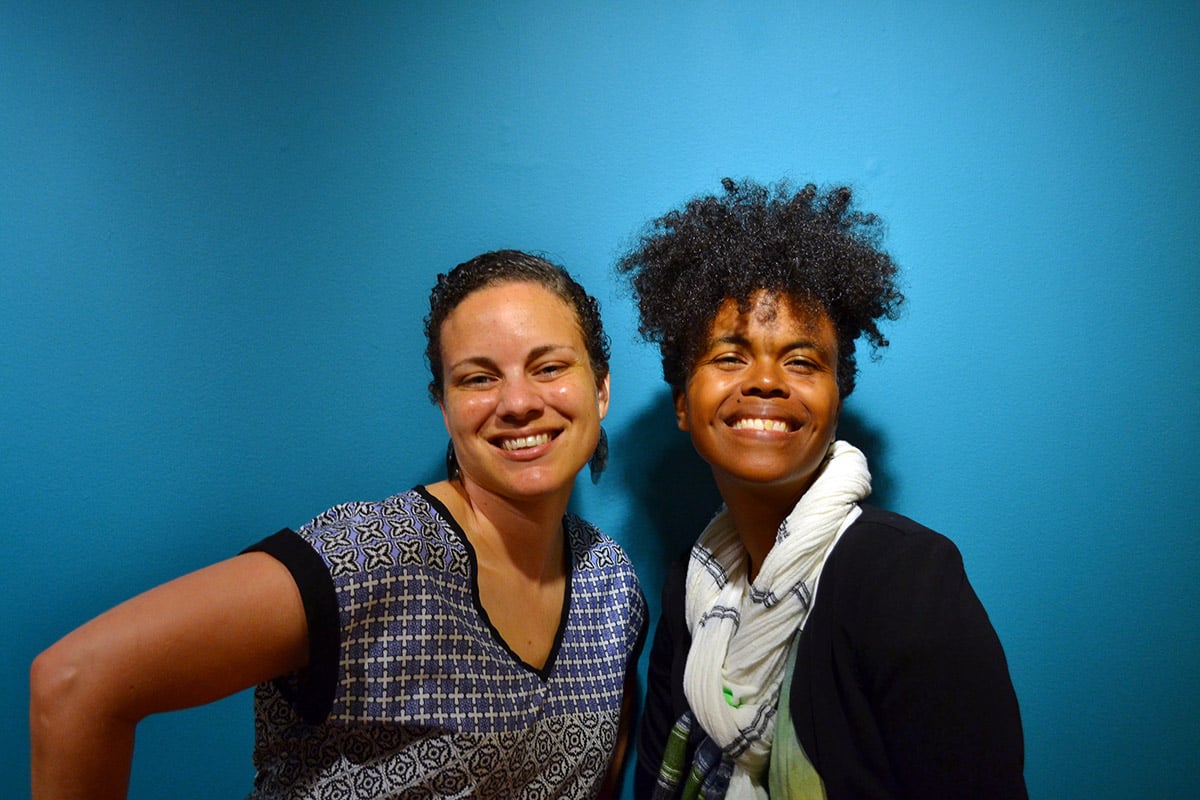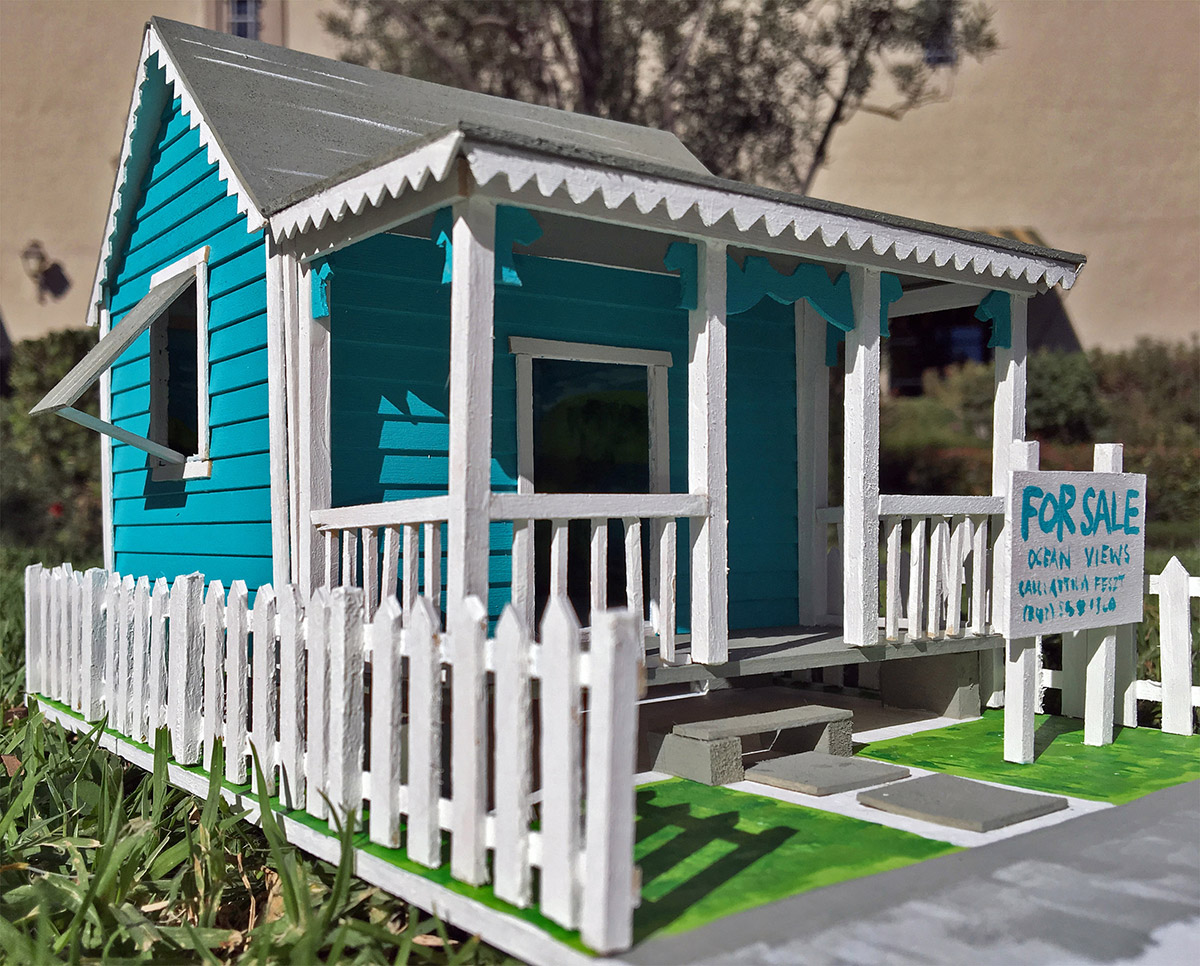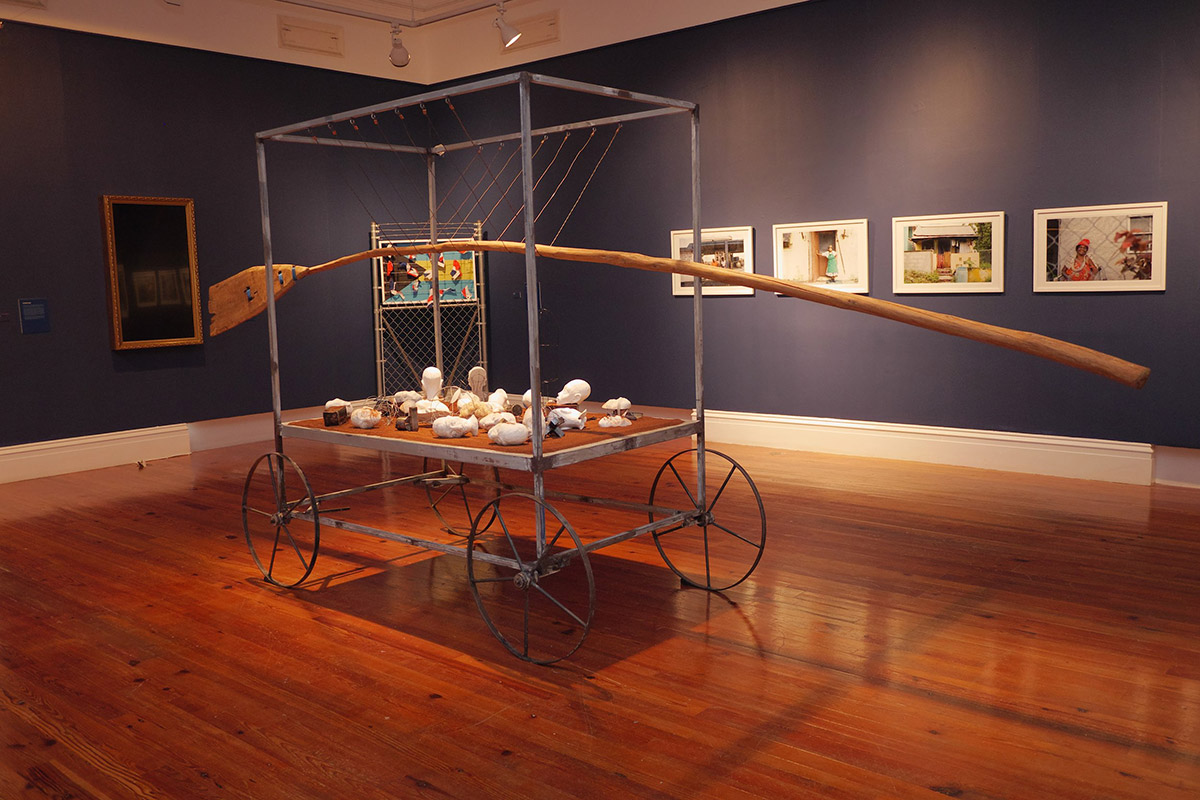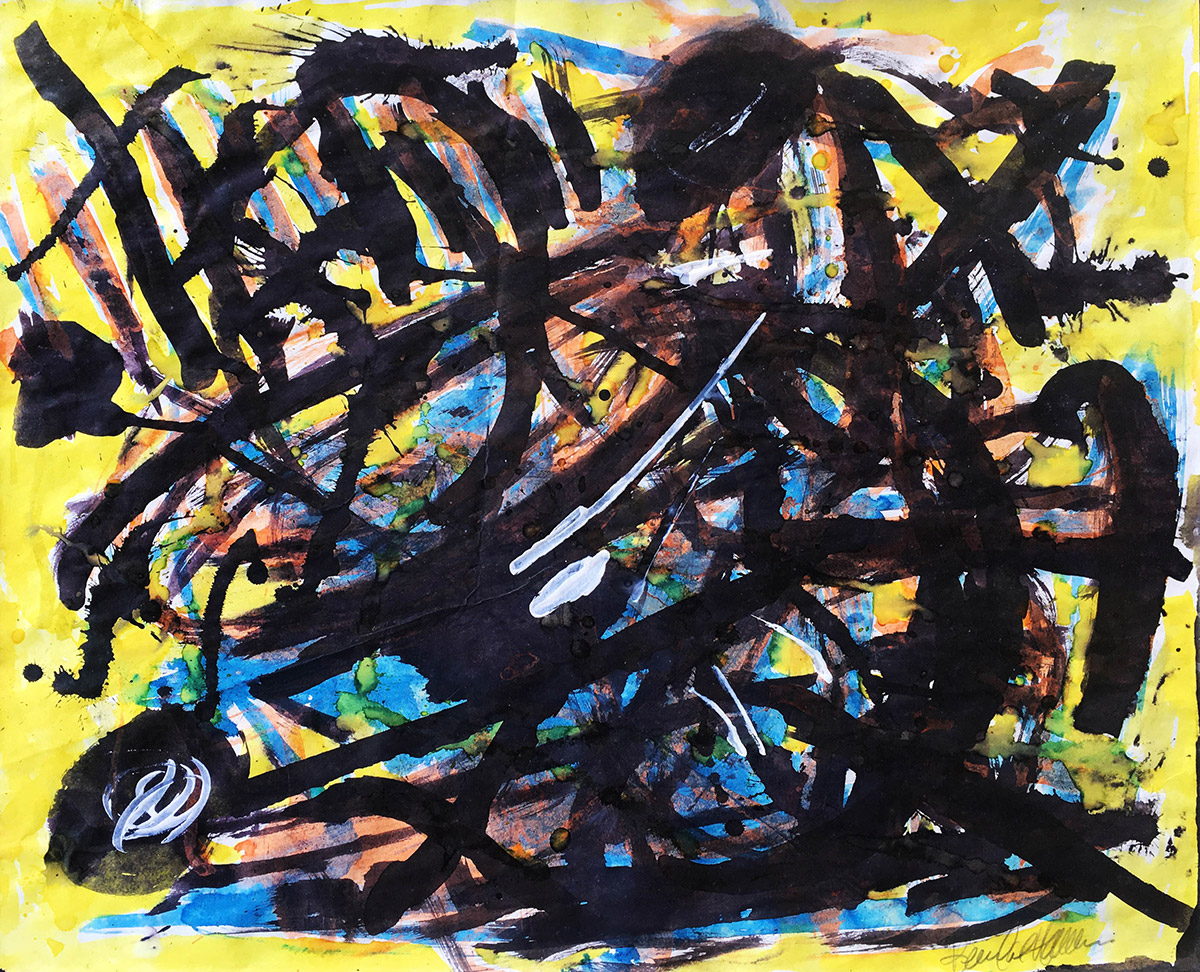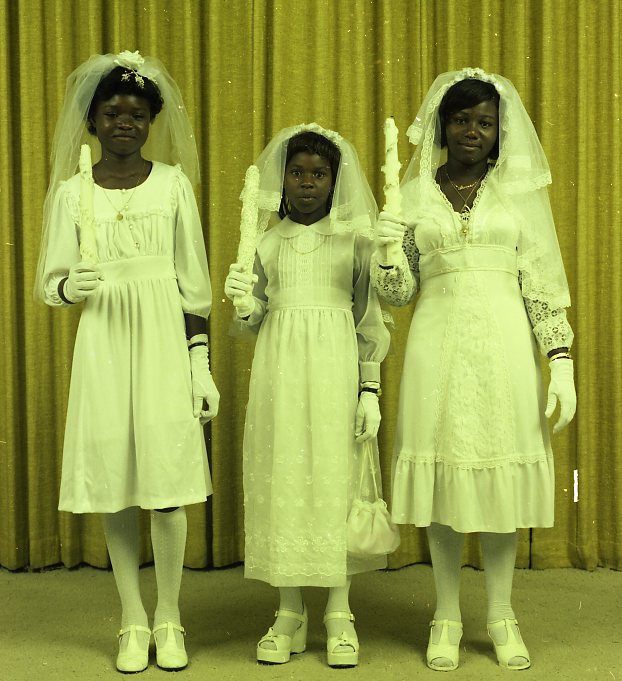Dr. Ian Bethell-Bennett writes: As University of The Bahamas students work to design smart, green, locally-responsive, environmentally-attuned drawings for the Expo 2020 World Fair to be held in Dubai, United Arab Emirates in three years’ time, the nation also prepares to be under the microscope on the world’s stage.
All posts by Natalie Willis
NAGB Welcomes New Team Members: The Institution as Expansive and Limitless
During the first two months of 2017, The National Art Gallery of The Bahamas welcomed its newest staff members, Malika Pryor-Martin and Katrina Cartwright. Since their arrival, they have dived into their roles of Development and Communications Officer and Education Officer respectively, and have seamlessly integrated with the existing NAGB team.
Pasting Colours: Envisioning Alternatives
Dr Ian Bethell-Bennett shares: I have visions of colour rubbing up on each other, sliding over liquid slopes of sun-drenched limestone and bleached out roads, deepened by heat and dust. Colour capturing what we do not see, but refuse to ignore. Islands are aloof, detached, yet our islands lay under the vibrant eyes of people who do not know this. They have always travelled, always ventured, always known that life is bigger than us, bigger than this island in the middle of the water, surrounded by beaches of no value until the new people came and barred these things from our lives.
March’s Artwork of the Month – Maxwell Taylor’s ‘Nassau Boy’ (1973)
‘Nassau Boy’ (1973) by Maxwell Taylor is a patterned, shifting mass of humanoid parts set against a lightly textured background, with a hint of houses and civilisation in the distance. This work is most certainly not what one expects of Taylor’s practice, but it is one of the more rebellious and unexpected pieces in the National Collection, a bit of a misfit, and our March Artwork of the Month.
“John Beadle’s Row Yah Boat: Merrily, merrily, merrily, merrily life is but a dream.’ Wake up!”
Our intern, graduate student Natascha Vazquez writes: John Beadle was born in 1964 on the island of New Providence in The Bahamas. He received his BFA and MFA from the Rhode Island School of Design and the Tyler School of Art of Temple University respectively. Beadle delves into various art genres, including painting, printmaking, sculpture and installation. Often, his highly conceptual work consists of everyday materials such as wood, found objects or metal. According to Beadle, “Material – the found, already weathered stuff carries with it a fragmented narrative that makes for very interesting placement possibilities.”
‘An We is Woman Too?’: Women and Labour in the NE8
t is quite apparent in taking a stroll around the 8th National Exhibition (NE8) that there are a number of works by women, for a start, but also that many of these works by women deal with just that, with womanhood. These works are explicitly centered on the feminist canon of tackling the issue of women’s rights, or more subtly trying to turn our eyes to other aspects of femininity. Take, for example, the work of Averia Wright and her nuanced reinterpretations of our straw-work culture and the feminine, or the collaborative effort of Joann Behagg and Jackie Pinder with their clay tower of faces and chains confronting basic human rights for women and girls.
‘Slam-Bam’ Sands: ‘The hastily hand-coloured colonial postcards of James “Doc” Sands.’
We are very much accustomed to seeing our islands in various forms of media, anything that can spread the image of our too-blue-to-be-true water. And it is true, we do have some of the most beautiful water on the planet (along with a number of other countries though, we mustn’t forget), and we are – according to certain NASA astronauts “the most beautiful place from space”. However, despite the natural beauty of our landscape, for almost 200 years we have been packaged up and sold as this pristine image that seems to be as clear-cut as our crystal waters.
Kendal Hanna’s “Rainbow Explosion”: Finding Self Through Abstraction
Kendal Hanna, a Bahamian artist and forerunner of abstract painting, brilliantly captures energetic expression and emotion through the intense repetition of line exemplified in Untitled (Rainbow Explosion). Hanna has masterfully engaged in his medium, stretching its ability to exist both boldly and lightly, from heavy black in the foreground to a luminous yellow in the background. Splatters surrounding the composition and within provide insight into the craftsmanship of the work, leaving signs of active brushwork –one may imagine Hanna physically engaging with the paper, paintbrush and paint with high energy, working confidently as his subconscious mind expresses itself on the paper.
Curtain Call for the Colonial in Sanford Sawyer’s Studio Photographs
Itchy white lace, decorative candles, pristine stockings, crisp gloves and fine gold chains. These three little brides – being married to the good Christian church they inherited as newfangledBahamian post-colonial subjects, are a vision of all that is respectable and good and expected of a Bahamian of this time.

